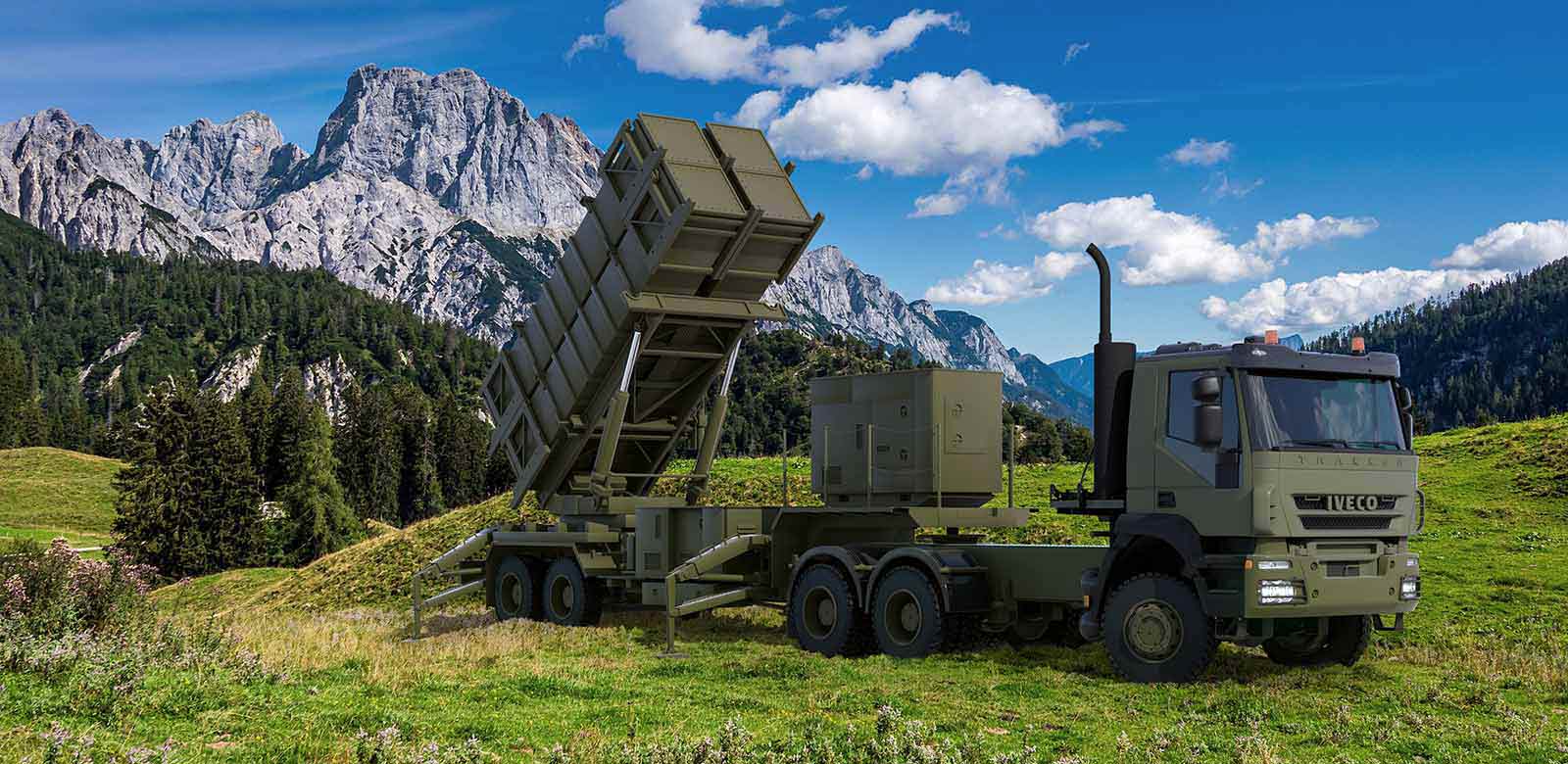Switzerland’s Missile Defence Options: Shaping Offensive-Defensive Capabilities
Switzerland’s strategic environment is characterized by the U.S.-China rivalries, Russia’s growing ambitions in the neighbouring regions especially in the Black Sea and the Mediterranean Sea and also the security situations in Ukraine and Belarus, the deteriorating security in the Middle East- including the Iranian nuclear impasse.
Amid these developments, ‘a defence by denial’ mechanism is crucial to Switzerland’s national security.
As Switzerland possesses no nuclear weapons, but faces threats from a nuclear weapon state (NWS), Russia, possessing air and missile defence capability becomes crucial to its security.
Amongst ground based defence system, Switzerland has chosen Raytheon’s Patriot air and missile defence system as a component of its AIR 2030 program probably because it has proved its mettle in combats and can reportedly defeat cruise missiles, unmanned aerial vehicles, aircraft and guided missiles.
The system also has radars, command and control technology, security against electronic counter measures and multiple interceptors that can take on multiple threats, by detecting, identifying and defeating these threats.
For its aerial based platform, Switzerland has chosen the F-35A Lightning IIs. This aircraft is capable of defeating cruise missiles under direct engagement roles and can also be equipped with new or modified interceptors when developed that can intercept enemy ballistic missiles.
Not only this, in July 2021, the United States used a F-35 jet to send targeting specifics to a ground based Patriot missile fire control system for tracking and destroying an incoming cruise missile threat as a component of US Army’s Integrated Battle Command System (IBCS) of networked missile defence “nodes.”
In the future, Switzerland could also utilise the F-35s as an elevated sensor and Patriot air and missile defence system as a part of its own multi domain and integrated nodes should it wish to develop so for intercepting incoming missile threats by reducing sensor to shooter timing conducive for better engagements with airborne targets.
For guided missiles, Switzerland has decided on the type GEM-T from Raytheon, based on the analysis of capabilities and the intended field of application. It is a single-stage missile system carrying no booster and hence, there is no fear that the booster would drop to the ground during the flight.
Hence, there would be no requirement of creating booster drop zones in populated areas, and hence, its during its operation, there would be no need for any restrictions in populated zones. It can defeat long range aircraft and advanced air launched cruise missiles also.
The Approach
However, it is not Raytheon alone that will aim to make the functioning of the Patriots a success story for Switzerland.
Raytheon Missiles and Defense will cooperate with Rheinmetall Air Defence and Radar Systems adding to Patriot system’s value chain system and helping in integrating the command and control system into the national defence structure.
The Swiss firm RUAG will provide the Swiss military the capability of life cycle management and Mercury Systems enabling in maintenance of the equipment.
RUAG is expected to be responsible for sustainment and training capability with the production of specialised maintenance and support equipment, manufacture of maintenance training simulators, and adaptation of vehicles and simulators that could adapt to the mobility requirement of the Swiss military.
These three collaborations would provide both direct and indirect offsets providing scope for long-term value creation and at the same time strengthening and facilitating the growth of the Swiss aerospace and defence industry and contributing to economic growth.
This would allow the Swiss military to operate the Patriot independently as well.
All these maintenance and up-gradation of the system in future could be reportedly, economically cost effective for Switzerland.
A funding pool is being created for Patriot users and the contribution from users is according to the number of fire units they possess. Switzerland would be able to become a part of this maintenance and development program of the Patriots with minimal contribution as majority would come from users having more fire units.
Both the decisions of acquiring the aerial and ground based platforms were based not only on the weapon system alone, but also on Switzerland’s existing support system to enable the efficient functioning of the weapon systems- including radar and control systems.
There is little doubt in the fact that Switzerland’s decision to acquire F-35s and Patriots will open new avenues of enhanced defence cooperation with the United States.
In 2019, both the countries already agreed for cooperation on armament research for the development of information and sensor technology for military and civilian use.
Air and missile defence systems require the integration of sophisticated sensors and information system.
One of the reasons for choosing the F-35s is its interoperability in times of crisis when Switzerland may need to enter combat zones with the United States and NATO in case the security environment deteriorates and threatens Switzerland’s security.
Air superiority does not only mean offensive roles of aircraft, but also the ability to successfully perform defensive roles too and the F-35s could prove conducive choice for Swiss military.
And the interoperability of the Patriot system with F-35s can help Swiss military maintain its ‘offence-defence’ balance.

